Part of a special series highlighting College of Liberal Arts students and their summer internships with CSU Extension
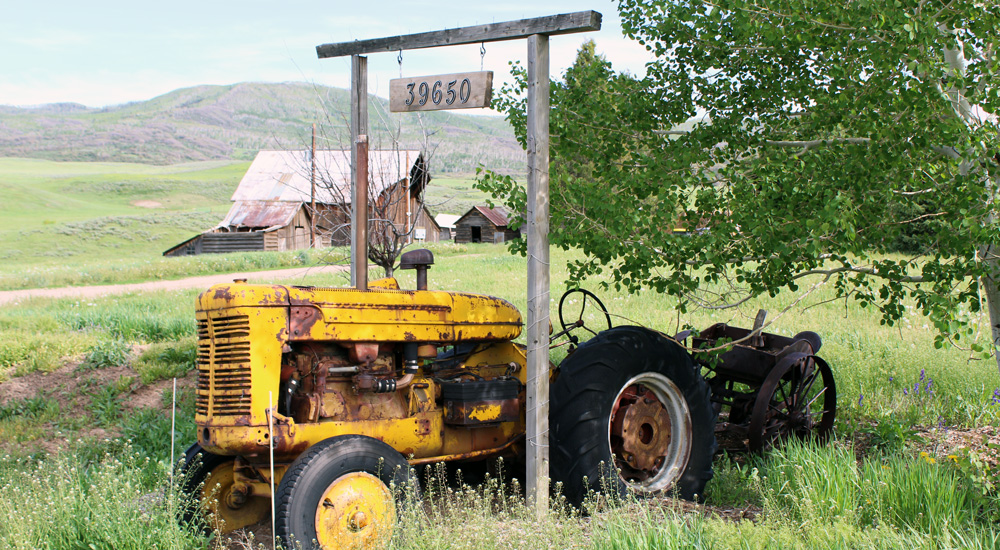
The Art of Ranching in Steamboat Springs
Cities and towns stretching across the Centennial state are accustomed to the squeezing of resources and housing, and rural counties like Routt County and Grand County are no exception.
The citizens within those counties continue to find themselves at odds with newcomers – be they second homeowners, or developers leveraging the opportunity of rising home prices that have challenged the landscape of the state for nearly a decade.
Routt County has a population of over 25,000 and encapsulates some of Colorado’s best natural areas like the 250-mile-long Yampa River and Medicine Bow-Routt National Forest. The county’s most well-known town, Steamboat Springs, is home to more than 13,000 residents, yet nearly 33 percent of homes in the area sit vacant until the winter season (November – April) welcomes back second homeowners and tourists ready to ski the slopes of the Steamboat Ski Resort.
The popularity of Steamboat Springs for tourists, particularly in the winter season, is not missed on second homeowners and developers in the area looking to expand lodging and retail accommodations to meet tourism demand. From July 2021 to July 2022, the town’s sales tax revenue from construction and home improvement combined with tax revenues from lodging, made up more than one-third of the city’s total sales tax revenue from that year, and the money flowing into the town from development shows no signs of slowing down.
For the ranching families that have called Steamboat Springs and more broadly Routt County home for generations, many for more than 100 years, the push to develop the land has ramifications for the heritage and livelihood of these family-owned farms and ranches and the local ecosystem coupled with a need for the preservation of the rich local histories.
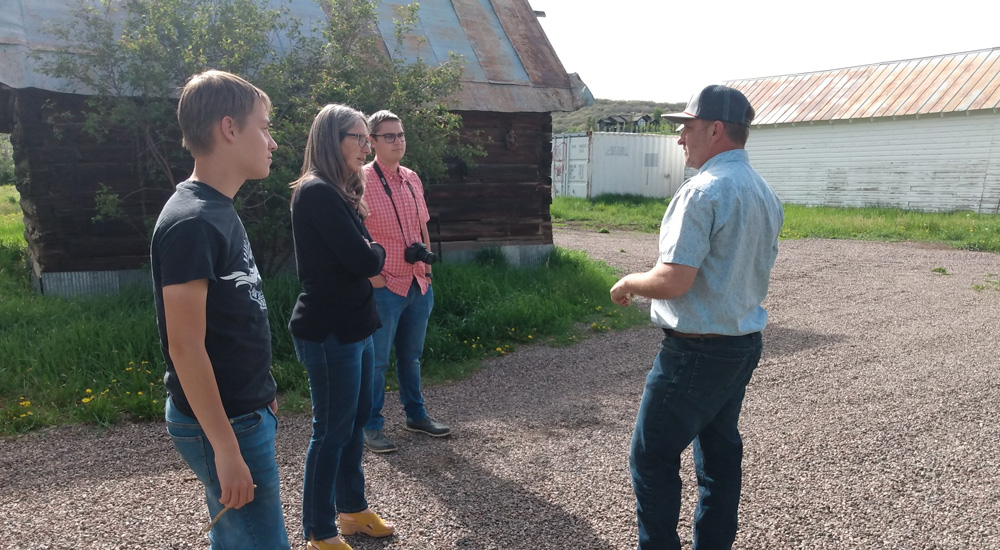
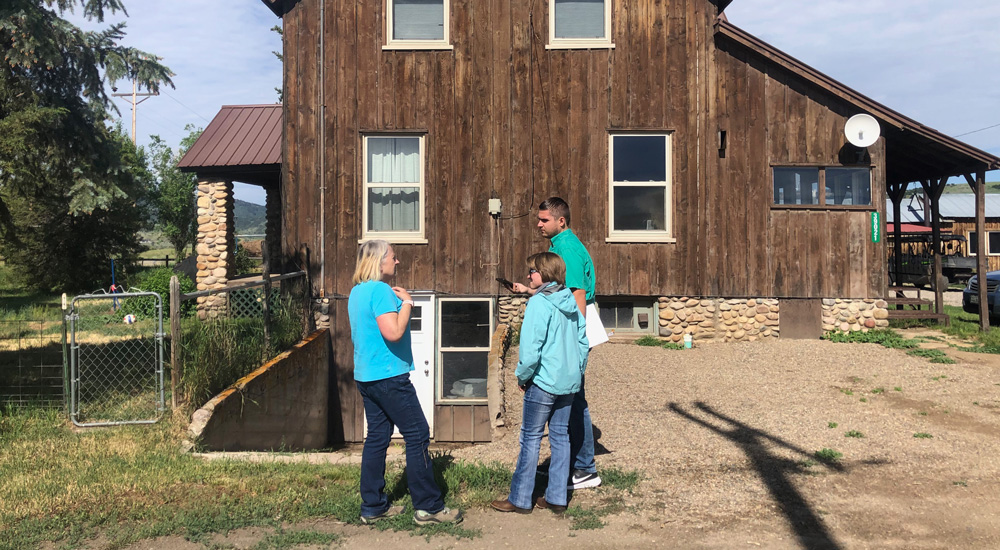
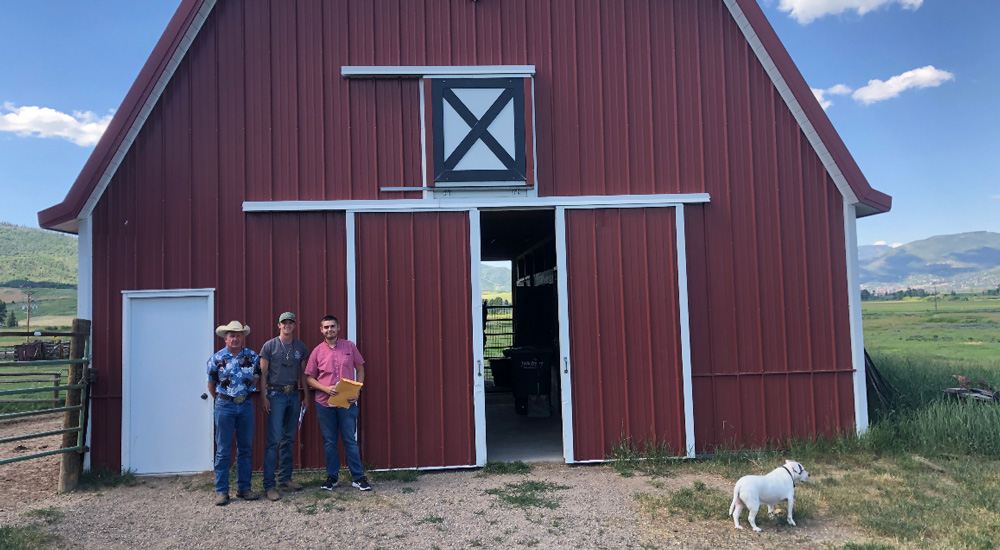
“When you think of Steamboat, you’re like, ‘Oh, it’s a pretty tourist area now.’ But it has a super interesting and intricate history of ranching, mining, and tourism. There are businesses there that have been in the community for over a hundred years,” Dale Mize says.
Mize, a public history master’s student, is passionate about his internship with Extension and working with these local ranchers of Routt County, partly because he grew up showing livestock and judging in 4-H in Michigan. The project is called “The Art of Ranching” and is twofold in its outcomes: oral histories of these farming/ranching populations, and the creation of a digital and publicly available map.
“Because I have an agricultural background, I’ve been able to get in with these ranchers and get a few more details that maybe they wouldn’t share with other people. I really care about telling their stories the way they want them to be told,” he says.
A core source of enjoyment for Mize in this internship is working with local 4-H youth who, with guidance, are interviewing local ranchers. “They’re all junior leaders, so I think they’re all about the age between 13 and 19, and they’re all super good kids invested in the projects…You could just see them get sucked into the project and really want to know more about this, bringing about the history of the area that they grew up in.”
As these interviews have transpired, something obvious to Mize is the clearing up of these old views of the ‘rural farmer’ predicated on stereotypes as old as Steamboat. “A lot of these ranchers have master’s degrees, which is something that really surprised me,” he says.
Mize found that many of these ranchers have degrees in fields such as agricultural science, land conservation, and one with a Ph.D. in biochemistry, noting that to work in a field as complex as agriculture and land management, these ranchers often rely on higher education to help them innovate as the land and economy changes.
Beyond their education, many of these ranchers are leading the charge when it comes to conservation in the area. “They care so much about the land that they’re willing to do more work for themselves like bring their cattle around the river rather than just walk through it. And I feel that the ranchers are the ones that are really into conserving the land and making sure that the land is usable,” Mize says.
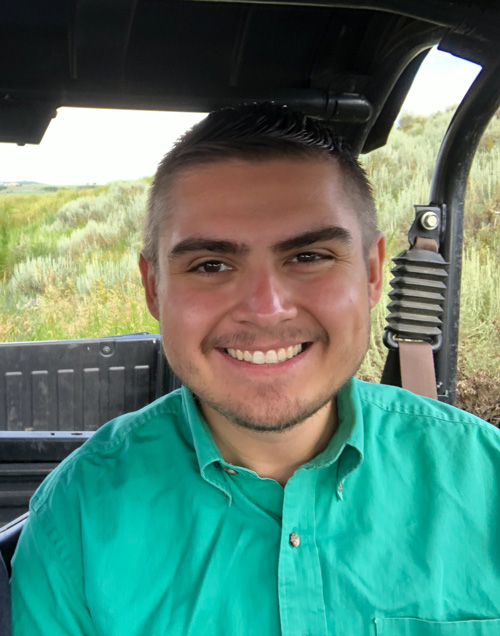
Those concerns are significant for the local ranchers there, who see the ecological preservation and historical preservation as the key to maintaining a healthy ecosystem in a town that has stood 122 years but has come under threat due to rapid development.
The goal of “The Art of Ranching” is to leverage community stories and local history to better educate newcomers in the area about what stands behind the decisions of local ranchers in how they have maintained the land of Routt County through land easements and trusts which protect the land from development and allow families to pass on the land to the next generation.
These methods of maintaining land is part of the legacy of the local community who want to maintain their history and the integrity of the land. These histories are being recorded to exist in the Colorado Encyclopedia – a digital and publicly accessible online resource of Colorado history and current events.
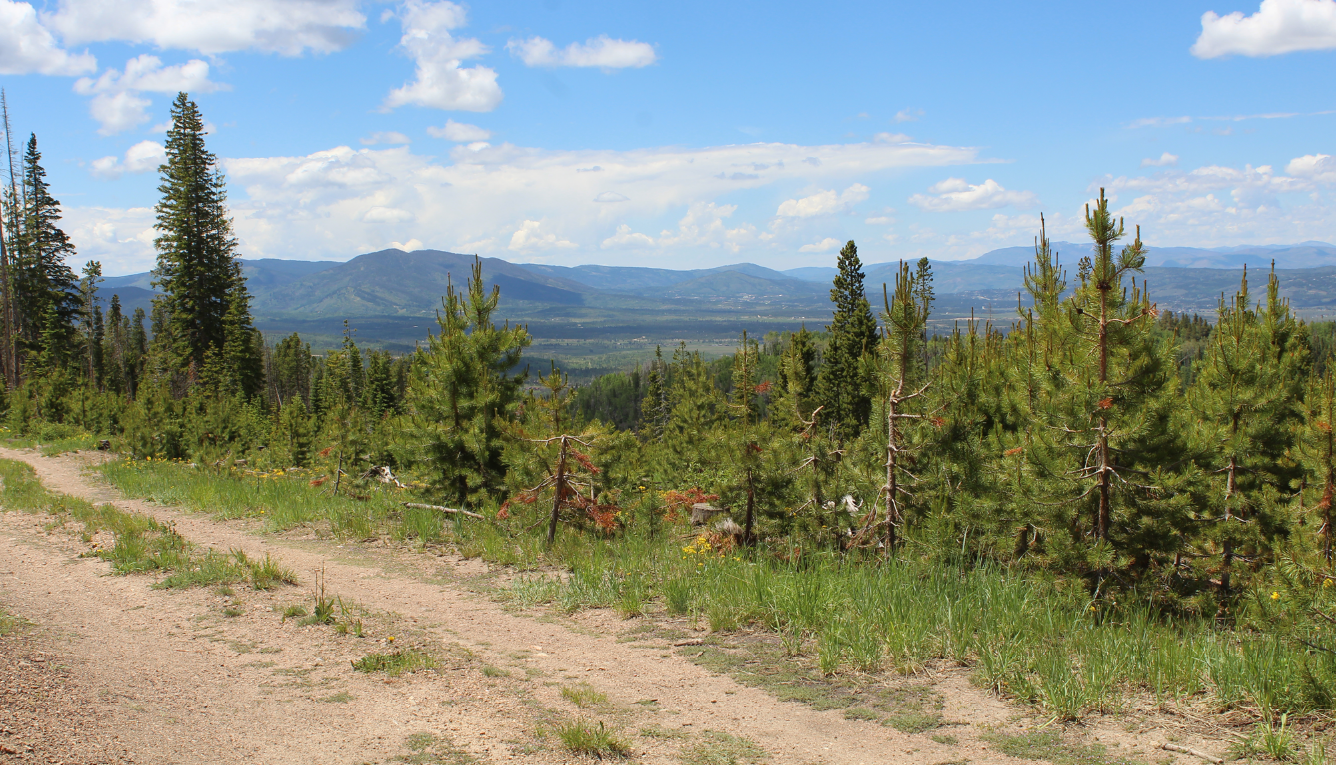
Mapping out sites and solutions for Grand County
Ninety miles southeast of Routt County sits Grand County, a county with a population just over 15,000 and includes the towns of Granby, Grand Lake, and Winter Park. It’s the focus of the Extension internship of Addie Brian who worked on a public-facing interactive map for the Colorado Encyclopedia in a project called “Identifying the Connections between Grand County’s Endangered Historical Sites and Conservation Easements.”
Grand County, an area known for its winter tourism and skiing, sits a convenient hour away from the Denver metro-area – something not missed by developers and second-homeowners keen on getting a footing as home prices and tourism continue their 10-year rise in Colorado. The purpose of the interactive map and resource is to better support the local community in their own agency in maintaining their local histories and landscape in their rapidly developing area as many historical sites become endangered.
“It speaks to the broader problem in the West we’re seeing of rampant development,” Brian says. “We all know Colorado is just one of the most beautiful states, and that’s a huge draw. But I think that’s also hard for locals who have lived in the same place their whole lives.”
Creating this interactive map involves a digital data connecting process called geographic information system (GIS) mapping, something new to Brian, who is in her second year as a public history graduate student. Working with GIS mapping software, Brian builds the map by pinpointing the coordinates of historical sites and incorporating information like specific buildings or ranches, how the building is constructed, the description of the site, its current condition, and accompanying pictures. The map even includes towns like Monarch, a town founded and abandoned within the first decade of the 19th century.
“Each point will be color-coded based on what the condition of the property is,” Brian said. “It all changes because of natural disasters, and some of them have actually been saved, and so the colors on the map show the condition of that site.”
The map design is meant to be not only interactive, but also adaptable to the changes Grand County will inevitably experience as the area continues to grow and develop, so that a key local partner, the Grand County Historical Association, can adjust the map as the sites change.
Taking the project a step further, Brian’s work includes pinpointing sites that are at risk of being lost, as well as creating call-out papers in the Colorado Encyclopedia so the public and community stakeholders can see how their local history is being preserved. “By putting some of these sites and buildings on the encyclopedia guide, we’re helping get the word out, really help preserve the data, and get the public more aware that these sites are endangered, and they can actually do something to help save them,” she says.
As for her experience interviewing community stakeholders, Brian credits the internship for helping her develop her skill set in working directly with the community members and unlocking these crucial stories that have become the foundation of Grand County’s GIS map. “I think I’ve become more confident going in and talking to new people,” Brian says. “With this project, my second week in Grand County was just great. I was networking and I just had to go in there and start swimming basically.”
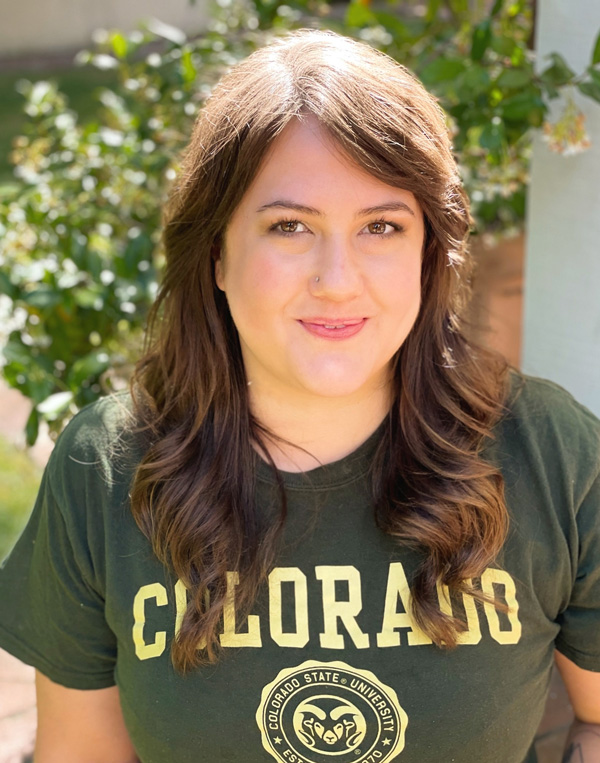
For Brian, CSU Extension and public history go hand-in-hand. The value of historical work and community perspective in agricultural communities is invaluable, with tangible and impactful results for Brian. “I think the liberal arts, it’s about people for me, and I think that helps Extension, which is typically the sciences and agriculture. We need to understand there’s an element there [in the liberal arts] that I think the sciences can lack sometimes, and I think Extension can be and will be strongest when every department is involved.”
Internships: The Practical and Applied Side of the Liberal Arts
The CSU Summer Extension Internship program gives students the opportunity to take their research and expertise into the field to help communities across Colorado in the areas of Natural Resources and Sustainability, Food and Agriculture, Youth Development, Economic and Community Development, Health and Well-Being, and Emergency Planning and Resources.
In summer 2022, the College of Liberal Arts had 18 students participate in an Extension internship.